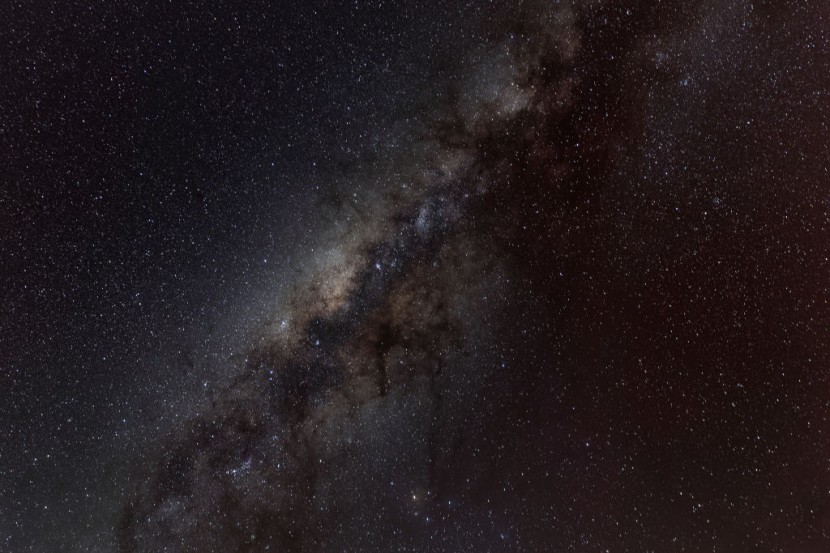
NASA's James Webb Space Telescope (JWST) captured a stunning image of the cosmos, featuring a plethora of brightly-shining galactic diamonds, which are thousands of galaxies viewed as distant glowing specks.
In a statement released on Wednesday, NASA said that the beautiful color image showed in unprecedented detail and to exquisite depth a universe filled with galaxies to the furthest reaches of the cosmos. Many of these objects were previously unseen by the Hubble Space Telescope or the largest ground-based telescopes.
A Treasure Trove of Galaxies
The JWST is a joint project between NASA, the European Space Agency, and the Canadian Space Agency. The section of the cosmos that Webb captured is called the North Ecliptic Pole and was taken using the Near-Infrared Camera (NIRCam). Researchers then spruced up the view by adding ultraviolet and visible-light data from Hubble.
The photograph is part of a paper that was published this week in the Astronomical Journal. The stunning image comes courtesy of the Prime Extragalactic Areas for Reionization and Lensing Science (PEARLS) project. The objective of the program is to study how galaxies assemble and grow, as per MSN.
The team behind PEARLS was thrilled about the new image taken by Webb. Rolf Jansen, a research scientist at Arizona State University, said that the photograph shows streams, tails, shells, and halos of stars in their outskirts, the leftovers of their building blocks.
The new image is one of the first medium-deep-wide-field images of the universe, with "medium-deep" meaning that the faintest objects become visible, and "wide-field" meaning the region of the cosmos that was captured.
According to CNN, Anton Koekemoer, a co-author of the study and a research astronomer at the Space Telescope Science Institute in Baltimore, said that the quality of the image was really "out of this world."
Koekemoer, who assembled the PEARLS images into mosaics, added that catching a glimpse of very rare galaxies at the dawn of cosmic time would require deep imaging over a large area. He said that this is something that the PEARLS field provides.
Read Also: Rare Cosmic Collision of Stars Within Black Hole Provides Crucial Information About Gamma-Ray Bursts
Galactic Diamonds
Webb used eight different colors of near-infrared light to see celestial objects that were 1 billion times fainter than what humans can see with their bare eyes. The image showcases thousands of galaxies that are found at a range of distances from our planet. Furthermore, some of the light in the image has traveled nearly 13.5 billion years to reach the telescope.
Jansen said that he never expected the image to provide such direct clues about the processes by which galaxies assemble and grow. Researchers combined the data from Webb with three colors of ultraviolet and visible light from the Hubble to create the image.
A Regents Professor at Arizona State University (ASU) and PEARLS principal investigator, Rogier Windhorst, said that for more than two decades, he has worked with a large international team of scientists to prepare for the Webb science program.
Windhorst called Webb's images "truly phenomenal" and beyond his "wildest dreams." He added that the photographs allow him to measure the number density of galaxies that were shining very faint infrared limits and the total amount of light that they produce, Phys.org reported.








